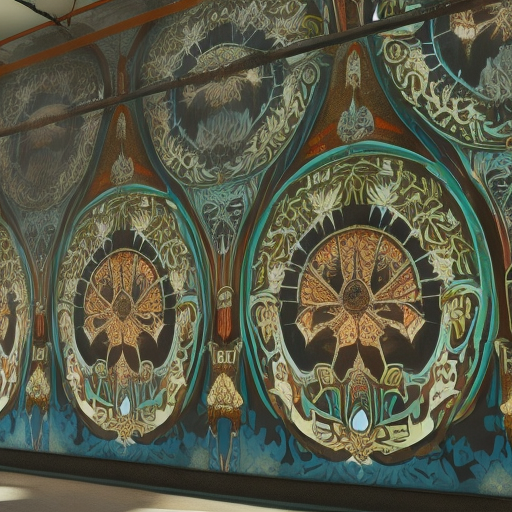Summary: Restorers are professionals who specialize in the conservation and restoration of art and cultural artifacts. They play a crucial role in preserving and maintaining the world’s cultural heritage. Restorers employ a wide range of techniques and materials to repair and preserve artworks, ensuring their longevity and aesthetic appeal. Their work requires a deep understanding of art history, materials, and techniques, as well as a keen eye for detail and a delicate touch.
Introduction
Restorers are highly skilled professionals who work to conserve and restore art and cultural artifacts. Their role is essential in preserving the world’s cultural heritage for future generations. Through their expertise, they ensure that artworks remain in good condition, allowing us to appreciate and learn from them.
Conservation and Restoration
Conservation and restoration are two distinct but interconnected processes. Conservation focuses on preventing further deterioration and stabilizing the condition of an artwork, while restoration involves repairing and returning an artwork to its original state. Restorers often carry out both conservation and restoration work, depending on the needs of the artwork.
Skills and Expertise
Restorers require a diverse set of skills and expertise. They must have a deep understanding of art history, materials, and techniques used by artists throughout history. This knowledge allows them to accurately assess the condition of an artwork and determine the most appropriate methods for its conservation and restoration. Restorers also need to be skilled in various techniques such as cleaning, retouching, and inpainting.
Conservation Ethics
Restorers adhere to a set of ethical guidelines when working on artworks. They aim to preserve the authenticity and integrity of the original artwork while ensuring its stability and legibility. Restorers carefully document their work, keeping detailed records of any interventions made. They also strive to use reversible materials and techniques to allow future restorers to make informed decisions.
Collaboration and Research
Restorers often collaborate with other professionals such as art historians, scientists, and curators. This interdisciplinary approach allows for a comprehensive understanding of an artwork and its historical context. Restorers may also conduct research to better understand the materials and techniques used by artists, helping them make informed decisions during the restoration process.
Challenges and Controversies
Restoration work can be challenging and controversial. Restorers must carefully balance the desire to preserve an artwork with the need to address its deteriorated condition. There may be debates about the extent of intervention required or the use of modern materials in restoration. These controversies highlight the importance of ongoing dialogue and collaboration within the field.
Preserving Cultural Heritage
Restorers play a vital role in preserving our cultural heritage. Through their work, they ensure that artworks and cultural artifacts are protected from further deterioration and can be enjoyed by future generations. Their expertise and dedication contribute to the ongoing conservation and understanding of our shared history and culture.
In conclusion, restorers are skilled professionals who are essential for the conservation and restoration of art and cultural artifacts. Their expertise, knowledge, and ethical approach allow them to preserve and maintain our cultural heritage for future generations. Through their work, restorers contribute to the ongoing appreciation and understanding of art and culture.












